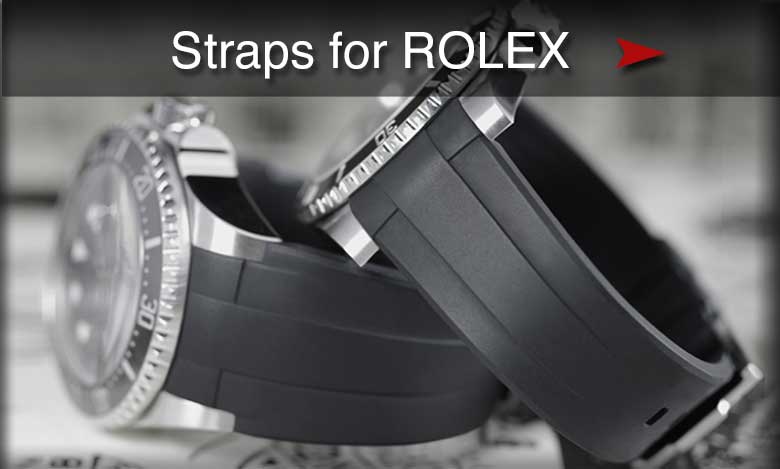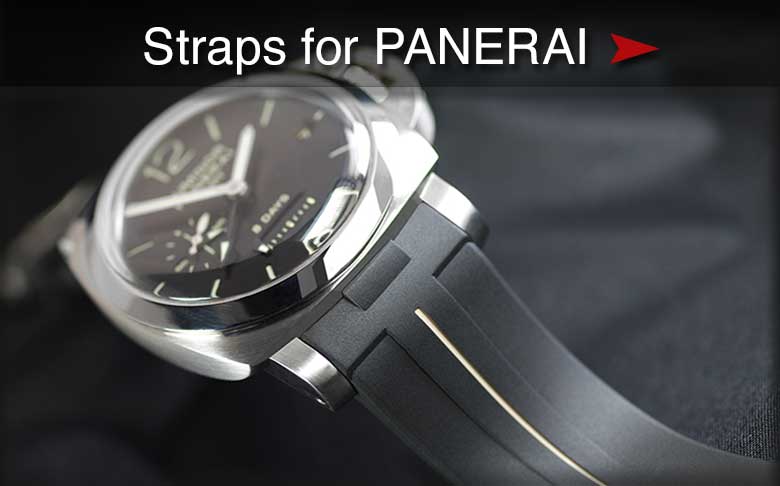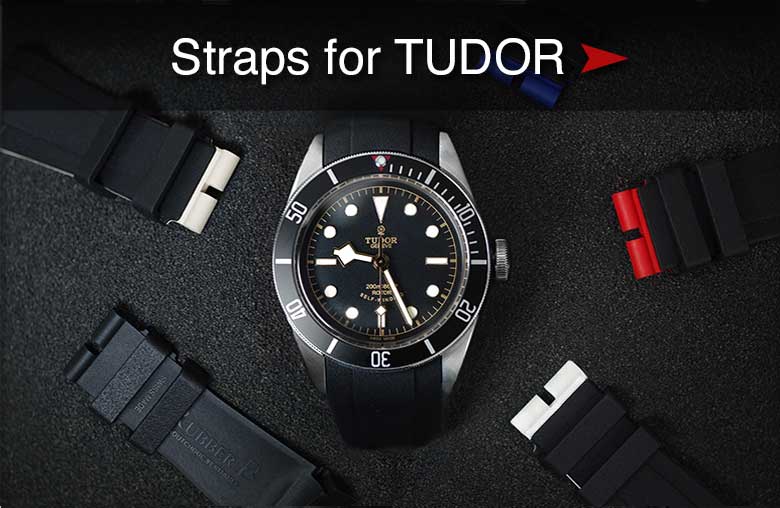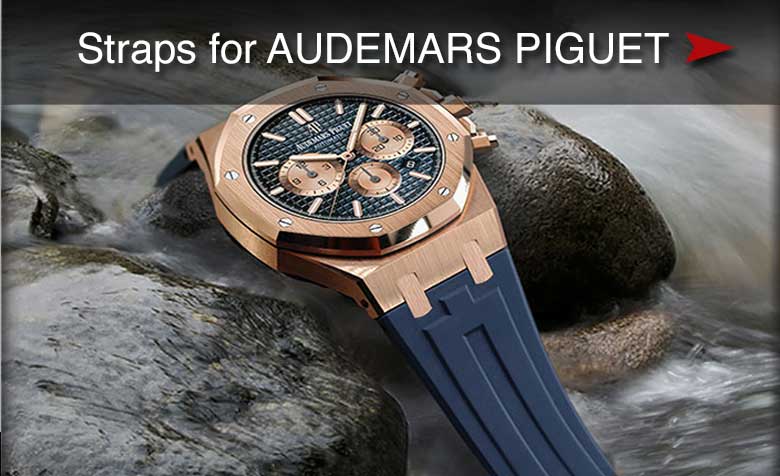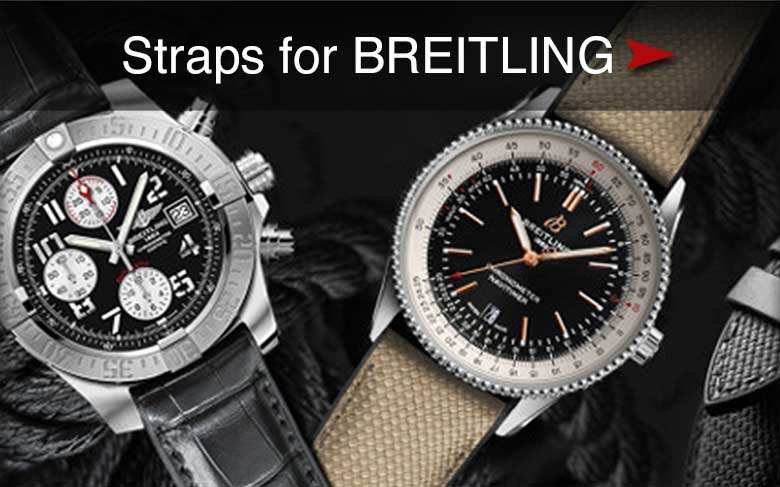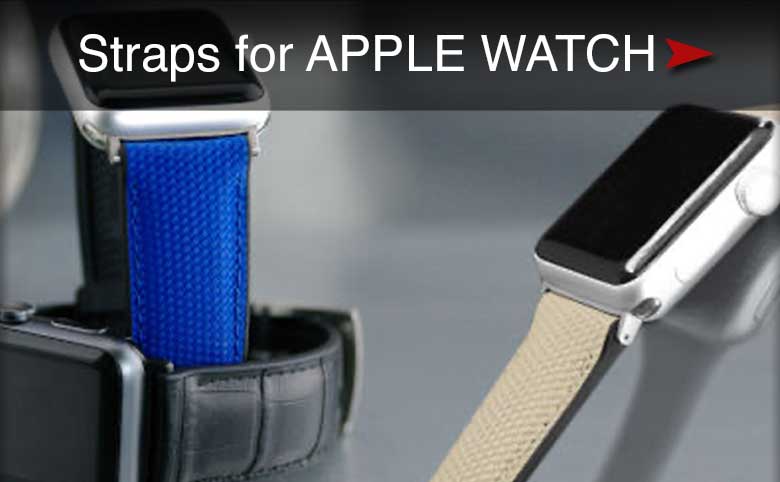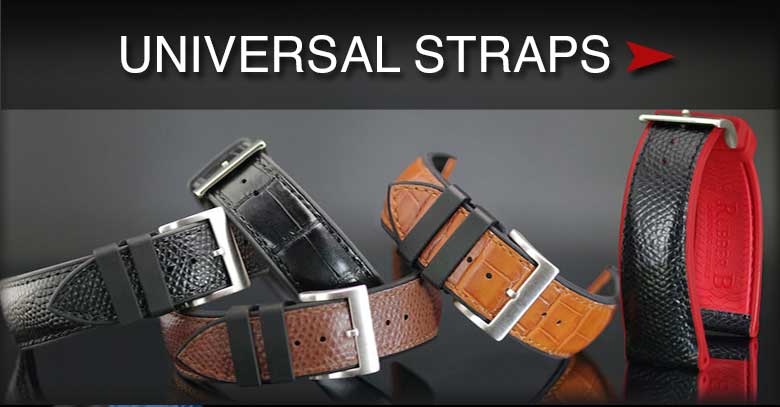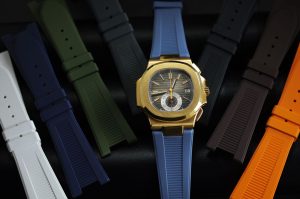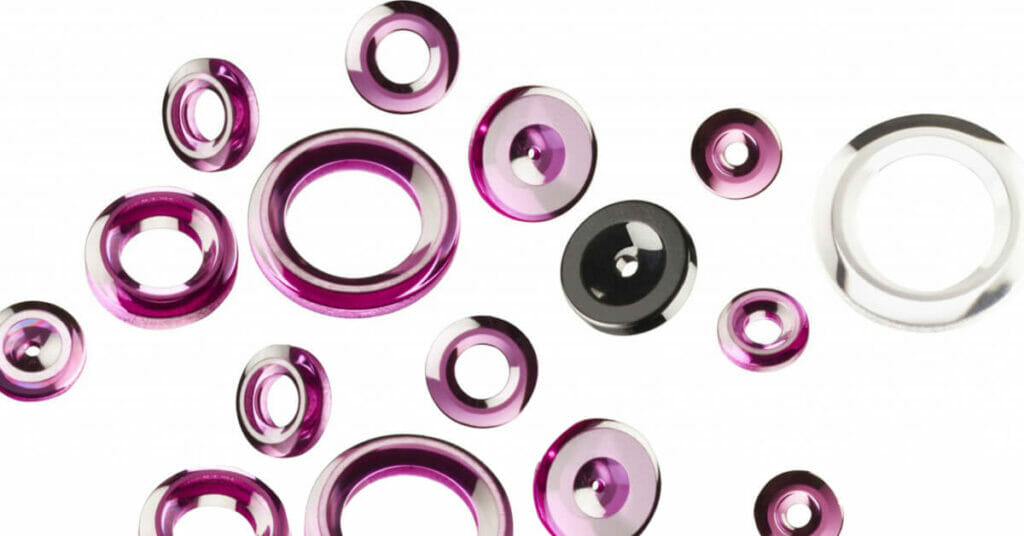
As one of the leaders in consistently crafting high-end custom rubber watch bands, Rubber B believes strongly in using our platform to educate and inform consumers, whenever possible, about the world of horology. Oftentimes, this results in Rubber B investigating a particular brand, or timepiece, in more detail so that our beloved clients can find out more about it and determine if it would be a good investment for them.
However, some of these pieces occasionally veer into more technical territory and have nothing to do with a specific watch or watchmaker. It has been a while since we have done one of those types on the blog, so in the interest of keeping things fresh, Rubber B has decided to do a bit of a deep dive on a technical topic: in this case, the role that jewels play in the manufacturing of watches.
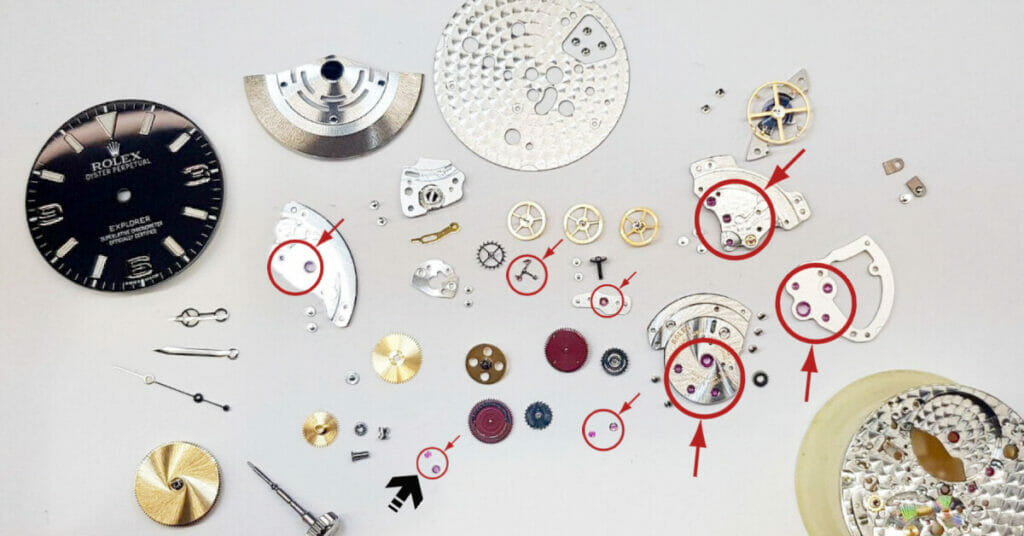
We are going to explain more about what the watches in jewels are for, but we’ll also cover the history of the use of jewels in watches, and whether they’re still being used today by watchmakers around the world.
How Long Have Jewels Been Used In Watchmaking For?
Jewels have been used in watchmaking since 1702, when Nicolas Fatio (or Facio) de Duillier and Pierre and Jacob Debaufre first integrated them into the process. However, they were not a mainstream part of the watchmaking process until the mid-19th century, meaning there was a considerable amount of time before the idea of using them became commonplace. Until the beginning of the 20th century, these tiny pieces of jewels were ground down from larger cuts of natural gemstones.
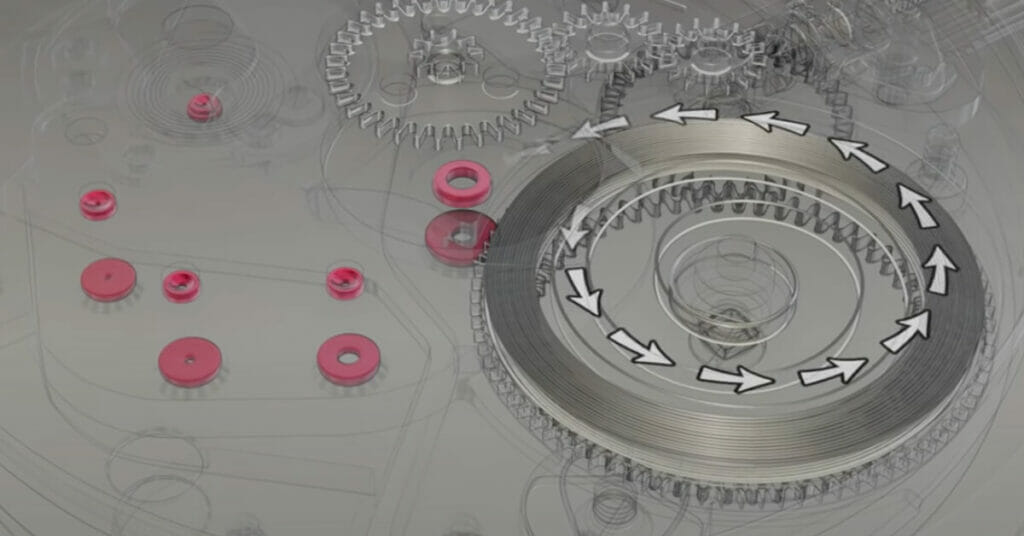
Why Are Jewels Used in the Making of Watches?
This is sort of a trick question, in that it’s not actually hard to answer or understand, but it does require a basic understanding of how watches are made in the first place to do so. The reason that jewels are used in watchmaking has to do with the mechanics of a watch’s movement.
The movements of a watch feature several very small, and often mechanically complicated, parts that rotate using a series of gears. Because of this, watchmakers needed a material that was both completely smooth and highly durable so that the mechanics of the watch would not wear out from continued usage.
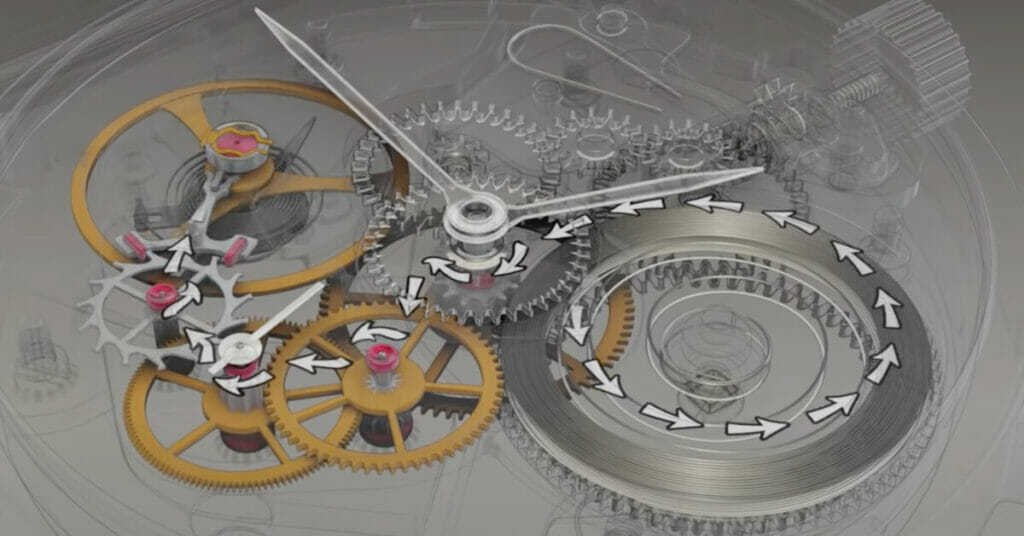
Eventually, they came to the discovery that the best material for making bearings from would be small pieces of various jewels, as they would not grind down over time and would always remain smooth. This was also helpful from a marketing and pricing standpoint, as watchmakers, especially the Swiss ones, have always marketed their products as being of a luxury status. The fact that they were using real gemstones, at least in the beginning, would only further enhance that image.
While this is not always the case, most of the time, rubies are used to make the small bearings for a watch’s movement. Over the last several decades, however, there has been a pivot towards synthetically grown rubies instead. The reason for this is twofold: it functions as a cost-saving measure, but it is also more environmentally friendly as well.

How Many Jewels Are Normally in a Watch?
Oftentimes, the standard number of jewels in a watch is 17. This means that the entire mechanical movement, from the balance wheel all the way to the center wheel pivot, has enough bearings in place to function correctly. Higher-end watches will often feature a minimum of 21 jewels, with a few extra stones being added to reduce positional errors.
However, these numbers are more of a baseline and not a hard requirement at all. Oftentimes, a timepiece will have more jewels than 17 or 21 in its movement – in fact, the world record seems to stand at 242 at this point in time.
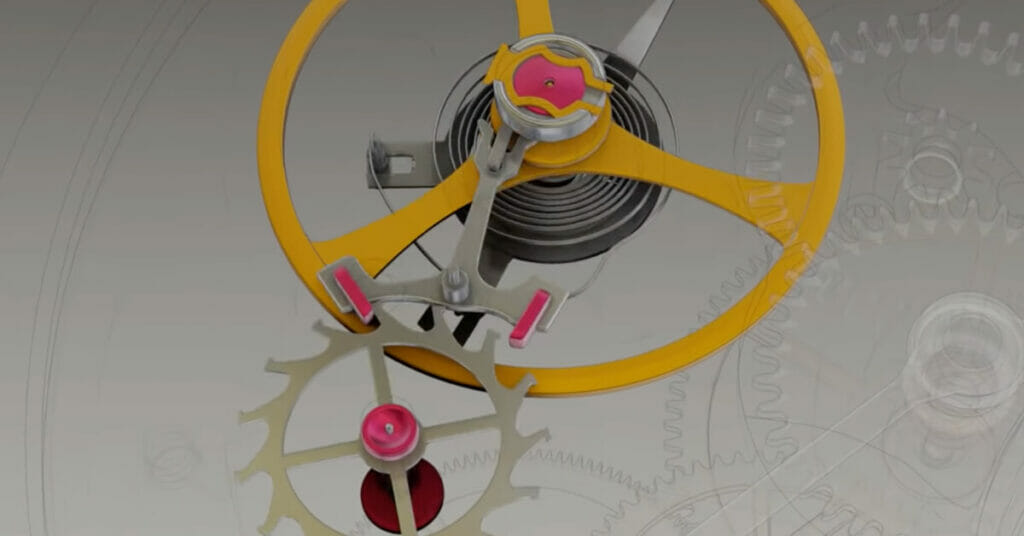
Does Having More Jewels in a Watch Make it Better?
While it does not necessarily make a watch “better” in the traditional sense of the word, having more jewels in a watch means that it is capable of completing more complex functions. Remember that the jewels are being used as bearings for the watch’s machinery, and the more functions that a watch has, the more complex the machinery will need to be in order to accommodate all of those functions.
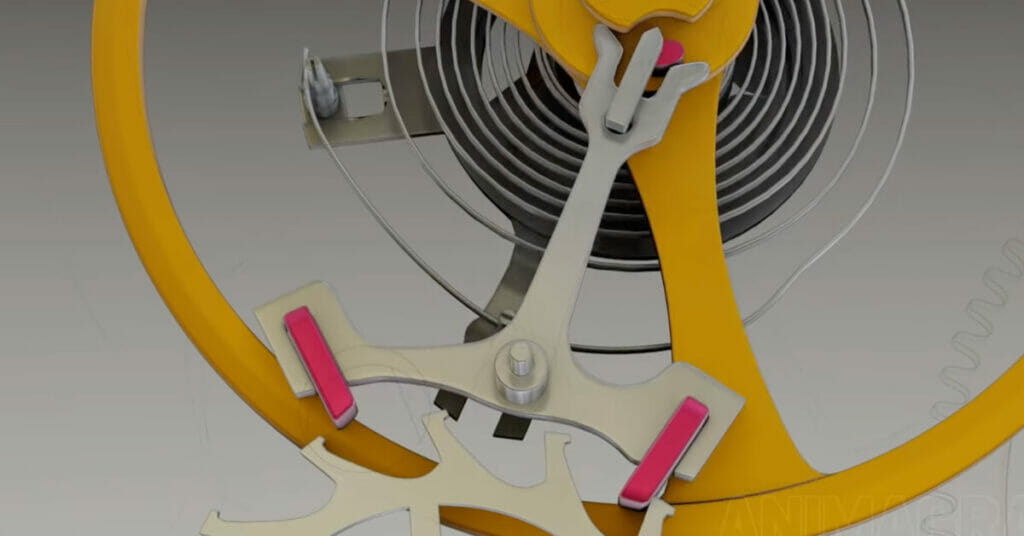
Therefore, knowing how many jewels are in a given timepiece is often a great way to evaluate the complexity of its design at the outset. For this reason, that information is often included when a retailer is giving information about a watch that they are selling. The primary thing to take away here is that having more jewels does not make a timepiece “fancier” or more valuable inherently – it only means that the watch is capable of doing more mechanically complex tasks than it would be if it had a smaller number.
Do All Watches Have Jewels In Them?
Simply put, no, they do not. Depending on how the watch is manufactured, many quartz watches do not use jewels, or use a very minimal number of them, during their production. To find out if your quartz watch has jewels in it or not, you would have to do some research on the individual model – thankfully, most of this information is available online.
Special Thanks to Animagraffs for well made animation:
Are You In Need of a Custom Rubber Watch Strap For Your Luxury Timepiece? Visit Rubber B Today
If you are looking for a custom rubber watch band for your luxury watch, Rubber B has a wide assortment of color patterns and styles to choose from. We craft high-quality, custom rubber watch straps for name-brand watchmakers such as Rolex, Tudor, and Panerai. For more information on our complete product catalog, simply visit our website today.
